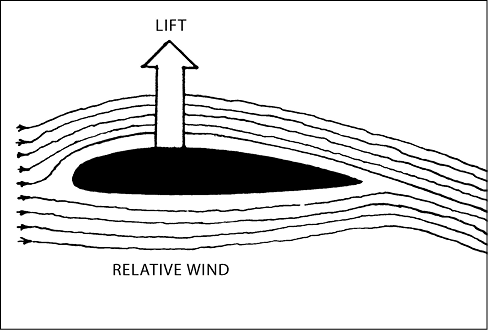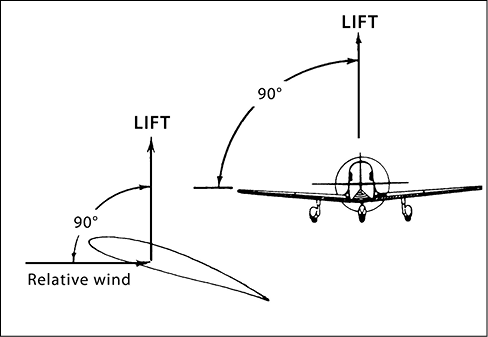There are many reasons why people want to start flying. Maybe you are a younger person who wants to make it a lifetime career or maybe you are a slightly more senior citizen who always wanted to fly but until now haven’t had the money. Whether a man or woman, young or old, you still may have a few butterflies in your stomach while worrying about how you will like it or whether you can do it. That’s a natural reaction.
What can you expect as you go through the private pilot training course? You can expect to work hard on most flights and to come down from some flights very tired and wet with perspiration, but with a feeling of having done something worthwhile. After others, you may consider forgetting the whole idea.
Okay, so there will be flights that don’t go so well, no matter how well you get along with your instructor. The airplane will seem to have decided that it doesn’t want to do what you want it to. The situation gets worse as the flight progresses and you end the session with a feeling that maybe you just aren’t cut out to be a pilot. If you have a couple of these in a row, you should consider changing your schedule to early morning instead of later afternoon flights, or vice versa. You may have the idea that everybody but you is going through the course with no strain at all, but every person who’s gone through a pilot training course has suffered some “learning plateaus” or has setbacks that can be discouraging.
After you start flying, you may at some point decide that it would be better for your learning process if you changed instructors. This happens with some people and is usually a no-fault situation, so don’t worry about a change or two.
It’s best if you get your FAA (Federal Aviation Administration) medical examination out of the way very shortly after you begin to fly or, if you think that you might have a problem, get it done before you start the lessons. The local flight instructors can give you names of nearby FAA aviation medical examiners.
How do you choose a flight school? You might visit a few in your area and see which one suits you best. Watch the instructors and students come and go to the airplanes. Are the instructors friendly, showing real interest in the students? There should be pre- and postflight briefings of students. You may not hear any of the details, but you can see that such briefings are happening. Talk to students currently flying at the various schools and get their opinions of the learning situation. One good hint about the quality of maintenance of the training airplanes is how clean they are. Usually an airplane that is clean externally is maintained well internally, though certainly there are exceptions to this.
What about the cost? It’s a good idea to have money ahead so that you don’t have to lay off and require a lot of reviewing from time to time. Some flight schools give a discount if you pay for several hours ahead of time.
You are about to set out on a very rewarding experience; for an overall look at flight training and future flying you might read the following.
The Big Three
As you go through any flight program, particularly in a military flight program, you will hear three terms used many times: headwork, air discipline, and attitude toward flying. You may be the smoothest pilot since airplanes were invented, but without having a good grip on these requirements, you won’t last long.
Headwork
For any pilot, private or professional, the most important thing is good headwork. Nobody cares if you slip or skid a little or maybe every once in a while land a mite harder than usual, but if you don’t use your head — if you fly into bad weather or forget to check the fuel and have to land in a plowed field — you’ll find people avoiding you. Later, as you progress in aviation and lead flights or fly passengers, it’s a lot more comfortable for all concerned if they know you are a person who uses your head in flying. So as the sign says — THILK, er, think.
Air Discipline
This is a broad term, but generally it means having control of the aircraft and yourself at all times. Are you a precise pilot or do you wander around during maneuvers? Do you see a sports car and decide to buzz it? Air discipline is difficult at times. It’s mighty tough not to fly over that good-looking member of the opposite sex who happens to be sunbathing right where you are doing S-turns across the road — but be strong!
More seriously, air discipline is knowing, and flying by, your own limitations. This means, for instance, canceling for bad weather and not risking your life and your passengers’ lives. It also means honestly analyzing your flying faults and doing something about them. In short, air discipline means a mature approach to flying.
Attitude
A good attitude toward flying is important. Most instructors will go all out to help someone who’s really trying. Many an instructor’s favorite story is about ol’ Joe Blow who was pretty terrible at first, but who kept at it until he got the word, and is now flying rockets for Trans-Galaxy Airlines. With a good attitude you will get plenty of help from everybody. More students have failed in flying because of poor headwork and attitude than for any other reason. This doesn’t imply “apple polishing.” It does mean that you are interested in flying and study more about it than is required by law.
2
The Airplane and How It Flies
The Four Forces
Four forces act on an airplane in flight: lift, thrust, drag, and weight (Figure 2-1).
Lift
Lift is a force exerted by the wings. (Lift may also be exerted by the fuselage or other components, but at this point it would be best just to discuss the major source of the airplane’s lift, the wings.) It is a force created by the “airfoil,” the cross-sectional shape of the wing being moved through the air or, as in a wind tunnel, the air being moved past the wing. The result is the same in both cases. The “relative wind” (wind moving in relation to the wing and airplane) is a big factor in producing lift, although not the only one (Figure 2-2).
Lift is always considered to be acting perpendicularly both to the wingspan and to the relative wind (Figure 2-3). The reason for this consideration will be shown later as you are introduced to the various maneuvers.
As the wing moves through the air, either in gliding or powered flight, lift is produced. How lift is produced can probably be explained most simply by Bernoulli’s theorem, which briefly puts it this way: “The faster a fluid moves past an object, the less sidewise pressure is exerted on the body by the fluid.” The fluid in this case is air; the body is an airfoil. Take a look...





